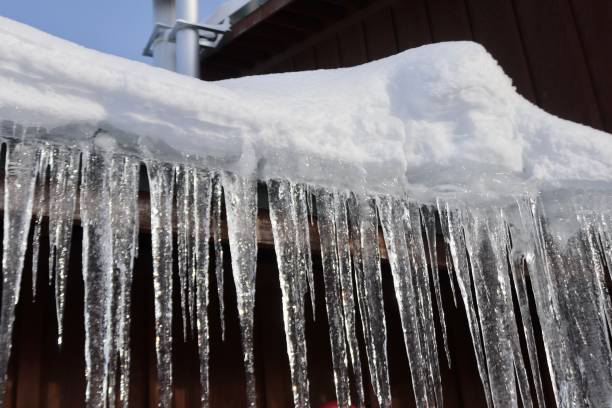How do you actually feel on the subject of How to prepare your home plumbing for winter weather?

Winter can ruin your plumbing, particularly by freezing pipelines. Here's exactly how to avoid it from taking place and what to do if it does.
Intro
As temperature levels decrease, the risk of icy pipelines increases, possibly resulting in pricey repair work and water damages. Understanding exactly how to stop frozen pipes is important for home owners in cold environments.
Recognizing Icy Pipes
What causes pipes to ice up?
Pipelines ice up when revealed to temperatures below 32 ° F (0 ° C) for extended periods. As water inside the pipes freezes, it broadens, putting pressure on the pipe walls and potentially creating them to break.
Threats and problems
Icy pipes can result in water system interruptions, building damage, and pricey repair work. Ruptured pipes can flood homes and create comprehensive architectural damage.
Indicators of Frozen Pipes
Determining icy pipelines early can stop them from breaking.
Just how to recognize icy pipelines
Seek lowered water circulation from taps, uncommon smells or noises from pipes, and visible frost on exposed pipelines.
Avoidance Tips
Protecting at risk pipelines
Wrap pipes in insulation sleeves or use warmth tape to secure them from freezing temperatures. Concentrate on pipelines in unheated or external areas of the home.
Heating methods
Maintain interior areas appropriately warmed, specifically locations with plumbing. Open closet doors to permit warm air to circulate around pipelines under sinks.
Shielding Outside Plumbing
Yard pipes and outside taps
Detach and drain yard hoses prior to winter season. Mount frost-proof spigots or cover outdoor faucets with shielded caps.
What to Do If Your Pipes Freeze
Immediate activities to take
If you presume icy pipes, maintain faucets open up to ease stress as the ice melts. Utilize a hairdryer or towels taken in hot water to thaw pipes gradually.
Long-Term Solutions
Structural modifications
Consider rerouting pipelines far from outside walls or unheated areas. Include added insulation to attic rooms, basements, and crawl spaces.
Upgrading insulation
Purchase top notch insulation for pipelines, attic rooms, and wall surfaces. Proper insulation helps maintain consistent temperatures and decreases the danger of frozen pipes.
Conclusion
Stopping icy pipelines calls for aggressive procedures and quick reactions. By comprehending the causes, indicators, and safety nets, property owners can protect their plumbing during cold weather.
5 Ways to Prevent Frozen Pipes
Drain Outdoor Faucets and Disconnect Hoses
First, close the shut-off valve that controls the flow of water in the pipe to your outdoor faucet. Then, head outside to disconnect and drain your hose and open the outdoor faucet to allow the water to completely drain out of the line. Turn off the faucet when done. Finally, head back to the shut-off valve and drain the remaining water inside the pipe into a bucket or container. Additionally, if you have a home irrigation system, you should consider hiring an expert to clear the system of water each year.
Insulate Pipes
One of the best and most cost-effective methods for preventing frozen water pipes is to wrap your pipes with insulation. This is especially important for areas in your home that aren’t exposed to heat, such as an attic. We suggest using foam sleeves, which can typically be found at your local hardware store.
Keep Heat Running at 65
Your pipes are located inside your walls, and the temperature there is much colder than the rest of the house. To prevent your pipes from freezing, The Insurance Information Institute suggests that you keep your home heated to at least 65 degrees, even when traveling. You may want to invest in smart devices that can keep an eye on the temperature in your home while you’re away.
Leave Water Dripping
Moving water — even a small trickle — can prevent ice from forming inside your pipes. When freezing temps are imminent, start a drip of water from all faucets that serve exposed pipes. Leaving a few faucets running will also help relieve pressure inside the pipes and help prevent a rupture if the water inside freezes.
Open Cupboard Doors
Warm your kitchen and bathroom pipes by opening cupboards and vanities. You should also leave your interior doors ajar to help warm air circulate evenly throughout your home.

As a fervent reader about How to Prevent Your Pipes From Freezing, I was thinking sharing that piece of content was smart. Are you aware of another person who is serious about the niche? Feel free to share it. Kudos for being here. Kindly pay a visit to our blog back soon.
This Post